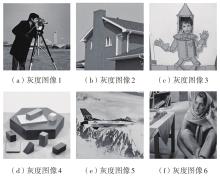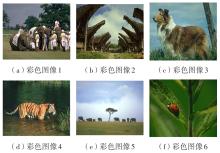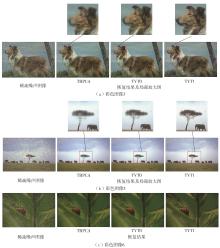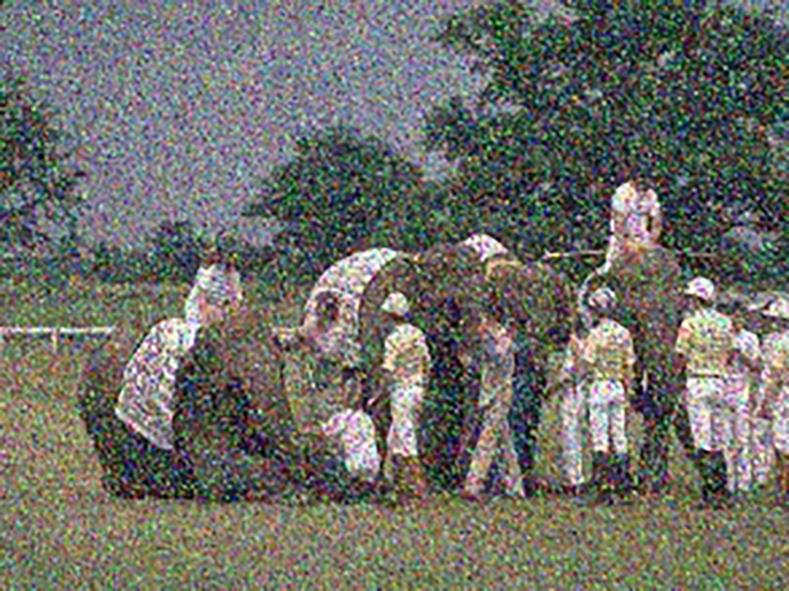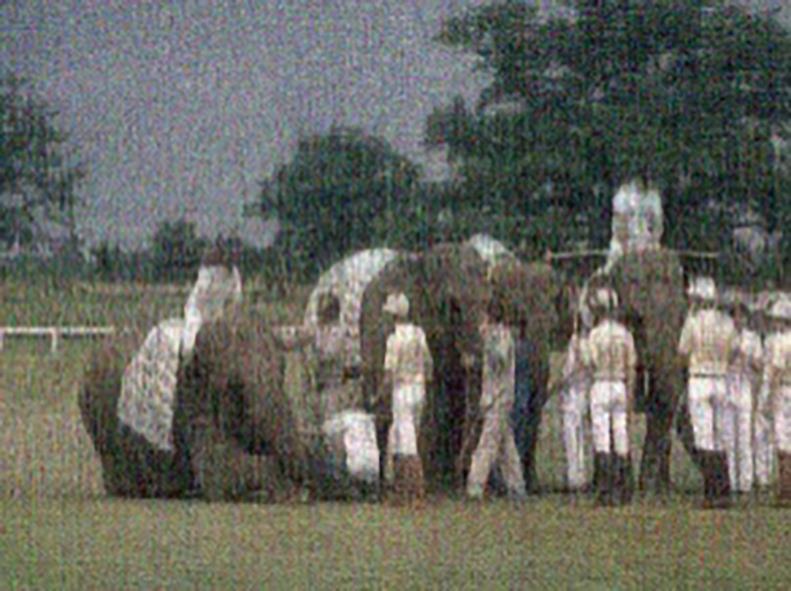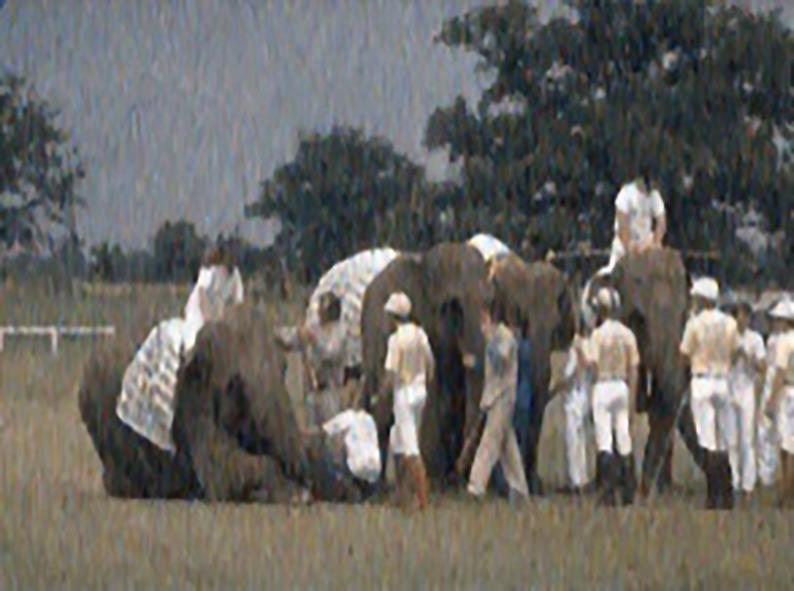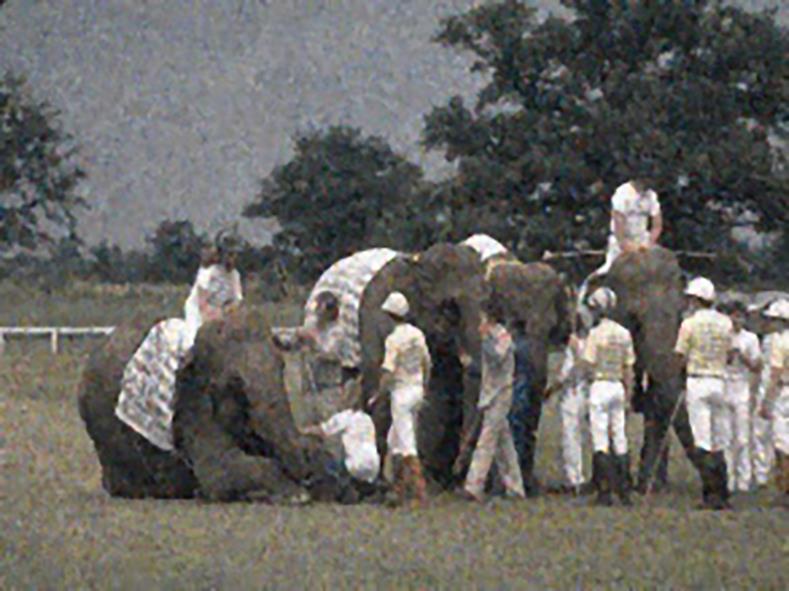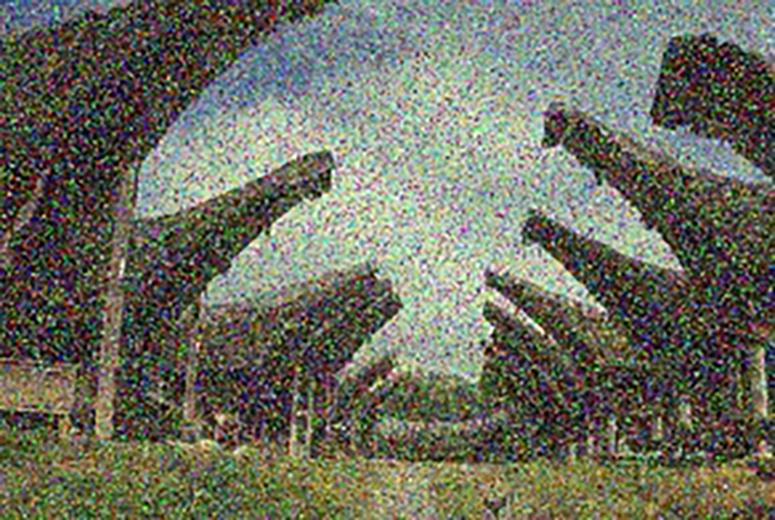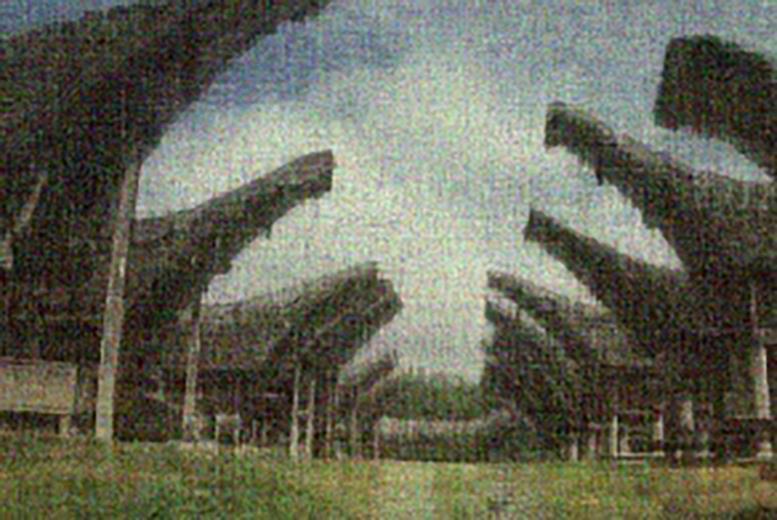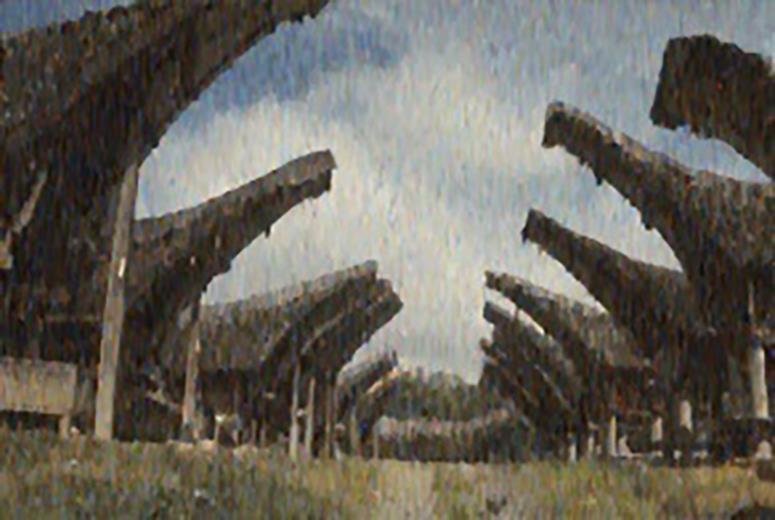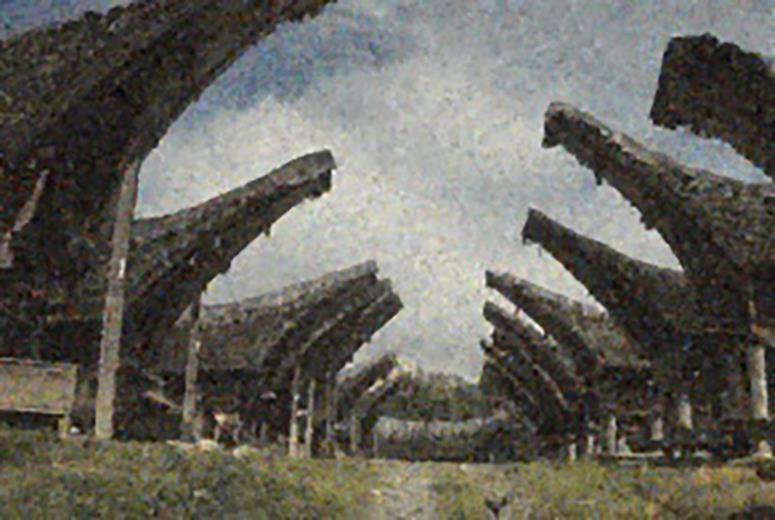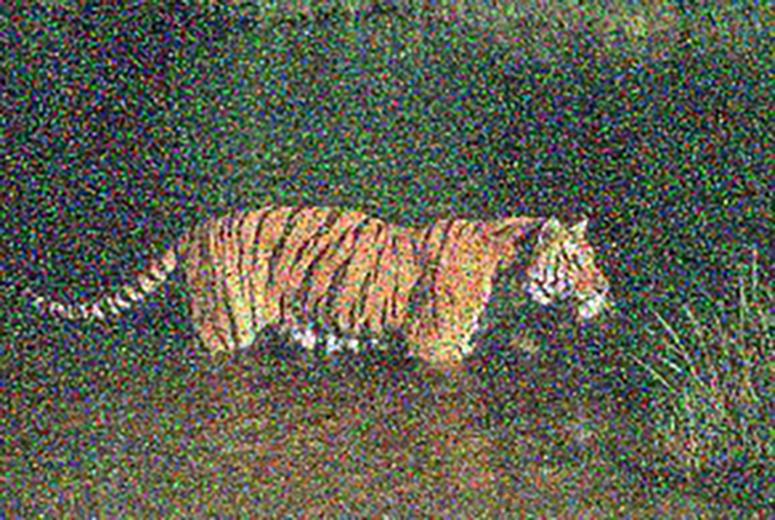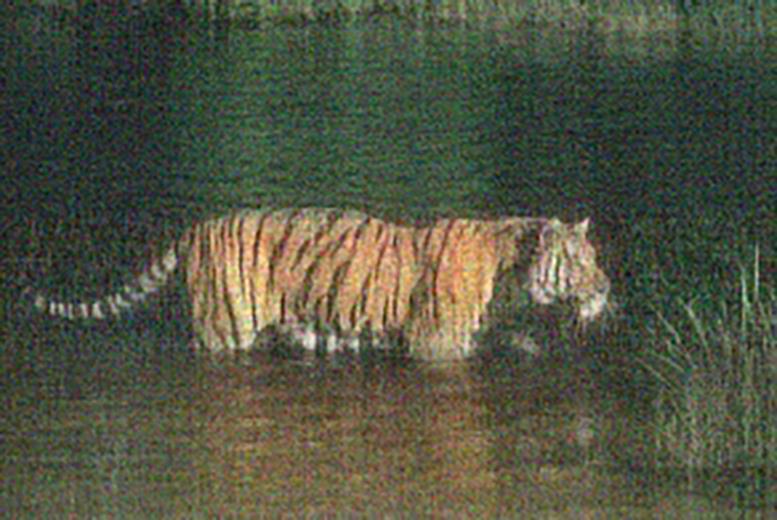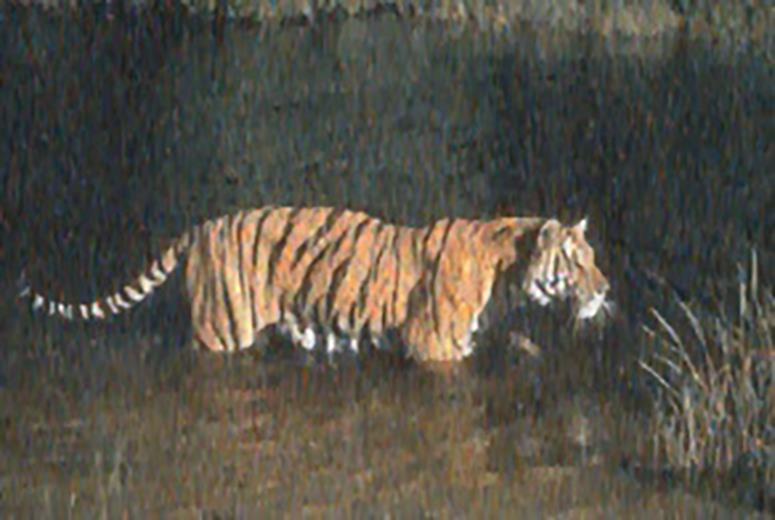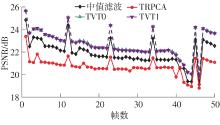| 1 |
WANG C, TAO M, NAGY J G,et al .Limited-angle CT reconstruction via the L1/L2 minimization [J].SIAM Journal on Imaging Sciences,2021,14(2):749-777.
|
| 2 |
FANNJIANG A, LIAO W .Coherence pattern-guided compressive sensing with unresolved grids [J].SIAM Journal on Imaging Sciences,2012,5(1):179-202.
|
| 3 |
LAI M J, XU Y, YIN W .Improved iteratively reweighted least squares for unconstrained smoothed l q minimization [J].SIAM Journal on Numerical Analysis,2013,51(2):927-957.
|
| 4 |
BIAN W, CHEN X J .A smoothing proximal gradient algorithm for nonsmooth convex regression with cardinality penalty[J].SIAM Journal on Numerical Analysis,2020,58(1):858-883.
|
| 5 |
YOU J, JIAO Y, LU X,et al .A nonconvex model with minimax concave penalty for image restoration [J].Journal of Scientific Computing,2019,78(2):1063-1086.
|
| 6 |
THI H A L, PHAMDINH T .DC programming and DCA:thirty years of developments [J].Mathematical Programming,2018,169:5-68.
|
| 7 |
ARAGÓN ARTACHO F J, VUONG P T .The boosted difference of convex functions algorithm for nonsmooth functions [J].SIAM Journal on Control and Optimization,2020,30(1):980-1006.
|
| 8 |
LI W J, BIAN W, TOH K C .DC algorithms for a class of sparse group l 0 regularized optimization problems [EB/OL].(2021-09-11)[2022-01-03]..
|
| 9 |
MA T H, LOU Y F, HUANG T Z .Truncated l 1 - 2 models for sparse recovery and rank minimization [J].SIAM Journal on Imaging Sciences,2017,10(3):1346-1380.
|
| 10 |
LIU T X, PONG T K, TAKED A .A refined convergence analysis of pDCA e with applications to simultaneous sparse recovery and outlier detection [J].Computational Optimization and Applications,2019,73:69-100.
|
| 11 |
CARRILLO R E, RAMIREZ A B, ARCE G R,et al .Robust compressive sensing of sparse signals:a review [J].EURASIP Journal on Advances in Signal Processing,2016,2016:108/1-17.
|
| 12 |
BABAHREINIAN M, TRON R .A computational theory of robust localization verifiability in the presence of pure outlier measurements [EB/OL].(2019-10-12)[2021-05-03]..
|
| 13 |
GAO X, CAI X, HAN D .A Gauss-Seidel type inertial proximal alternating linearized minimization for a class of nonconvex optimization problems [J].Journal of Global Optimization,2020,76:863-887.
|
| 14 |
BOLTE J, DANIILIDIS A, LEWIS A S,et al .Clark subgradients of stratifiable functions [J].SIAM Journal on Optimization,2007,18(2):556-572.
|
| 15 |
CHAMBOLLE A .An algorithm for total variation minimization and applications [J].Journal of Mathematical Imaging & Vision,2004,20:89-97.
|
| 16 |
XU Y, HUANG T Z, LIU J,et al .Split Bregman iteration algorithm for image deblurring using fourth-order total bounded variation regularization model [J].Journal of Applied Mathematics,2013,2013:238561/1-11.
|
| 17 |
CHAMBOLLE A, EHRHARDT M J, RICHTÀRIK P,et al .Stochastic primal-dual hybrid gradient algorithm with arbitrary sampling and imaging applications [J].SIAM Journal on Optimization,2018,28(4):2783-2808.
|
| 18 |
HINTERRMULLER M, STADLER G .An infeasible primal-dual algorithm for total bounded variation-based inf-convolution-type image restoration [J].SIAM Journal on Scientific Computing,2006,28(1):1-23.
|
| 19 |
CHEN C, MICHAEL K N, ZHAO X .Alternating direction method of multipliers for nonlinear image restoration problems [J].IEEE Transaction on Image Processing,2015,24(1):32-43.
|
| 20 |
GOLDFARB D, YIN W .Parametric maximum flow algorithms for fast total variation minimization [J].SIAM Journal on Scientific Computing,2009,31(5):3712-3743.
|
| 21 |
BARBERO L,SRA S .Modular proximal optimization for multidimensional total-variation regularization [J].Journal of Machine Learning Research,2018,19(1):1-82.
|
| 22 |
NOCEDAL J, WRIGHT S T .Numerical optimization[M].New York:Springer,1999:510.
|
| 23 |
MARTIN D, FOWLKES C,TAL D,et al .A database of human segmented natural images and its application to evaluating segmentation algorithms and measuring ecological statistics[C]∥ Proceedings of the Eighth IEEE International Conference on Computer Vision.Vancouver:IEEE,2001:416-423.
|
| 24 |
LU C, FENG J, CHEN Y,et al .Tensor robust principal component analysis with a new tensor nuclear norm [J].IEEE Transactions on Pattern Analysis and Machine Intelligence,2020,42(4):925-938.
|
| 25 |
BIOUCAS-DIAS J M, FIGUEIREDO M, OLIVEIRA J P .Total variation-based image deconvolution:a majorization minimization approach[C]∥ Proceedings of 2006 IEEE International Conference on Acoustics Speech and Signal Processing.Toulouse:IEEE,2006:861-864.
|
